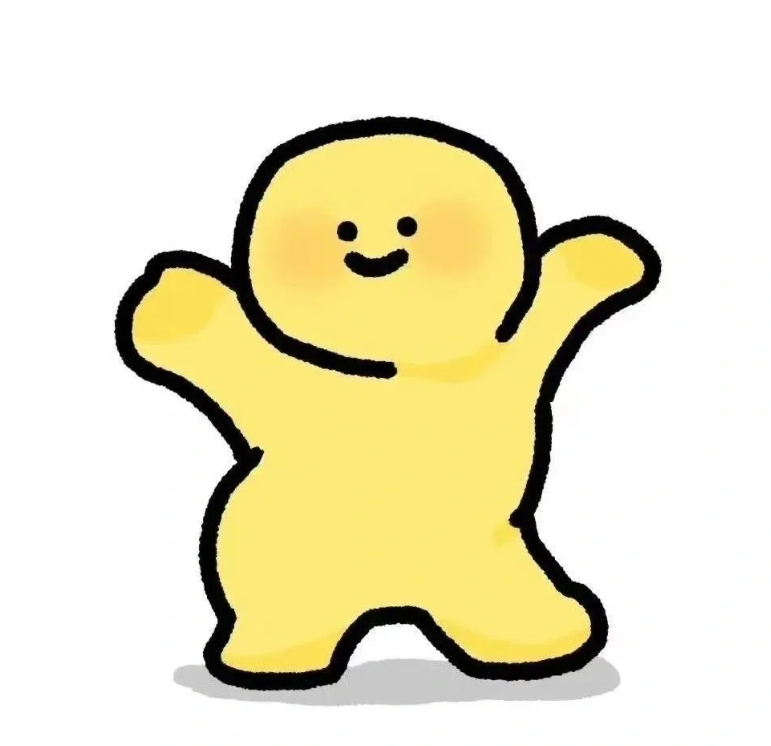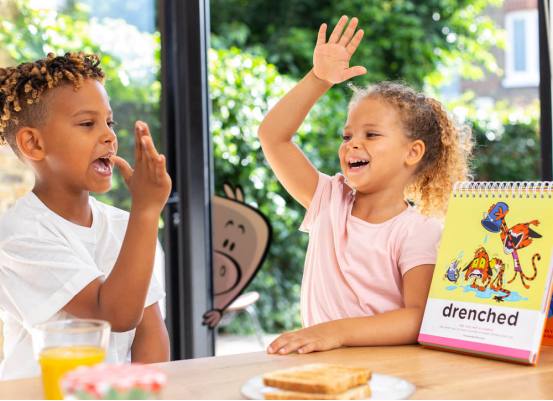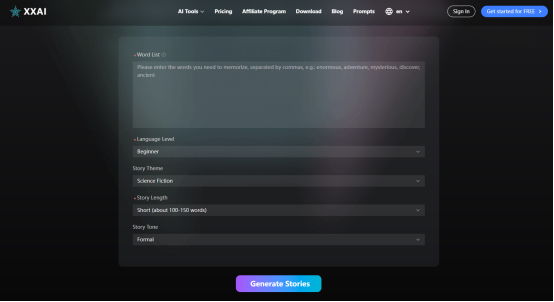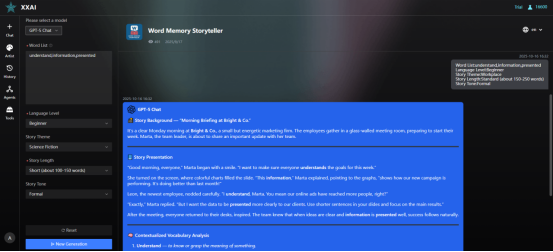Stop Rote Memorization! This Is the Scientific Method That Boosts Your Memory 5x

Have you ever had this experience? You finish reading a book and forget it the moment you close it; you memorize vocabulary all night and forget most of it by the next morning; you recall meeting notes, only for them to blur as soon as you turn around…
We live in an age of information explosion, yet we often feel that our brain is like a “leaky basket.” This sense of frustration must be familiar to you. But there are always some “exceptions” in the world. For example, Akira Haraguchi recited 100,000 digits of pi from memory; Simon Reinhard can memorize 2,000 random numbers in one hour.
Are they geniuses? No, they simply know a secret that ordinary people don’t — they use the brain’s favorite method: storytelling.
When information is presented in the form of a story, it activates multiple regions of the brain, including auditory, visual, and emotional centers. This multisensory experience builds stronger neural connections, making it easier for the brain to encode and retrieve information.
How Stories Unlock Superhuman Memory
One reason people love learning through stories is that storytelling engages the brain in a unique way. When we listen to or read stories, our brains actively process information, create mental images, and connect what we hear with our existing knowledge. The narrative structure of a story captures our attention, keeps us immersed, and makes it easier to absorb and retain content. Stories have a natural flow that guides our thought processes, allowing us to follow the plot and understand the information being presented.

Moreover, storytelling often involves suspense, surprise, and emotional elements that heighten our engagement. These emotional hooks help anchor information deeply in our memory, making it meaningful.
By harnessing storytelling to engage the brain, we can tap into our innate cognitive abilities and unlock our full learning potential.
Your Brain Is Naturally Wired for Stories
Science has long proven that when information is woven into a story, your brain lights up like a Christmas tree:
- The hippocampus (memory center) is activated, efficiently encoding long-term memory.
- Dopamine (the happiness hormone) is released, making learning feel joyful and focused.
- Oxytocin (the bonding hormone) is released, allowing you to emotionally connect with the information and remember it more deeply.
In short, stories transform boring data into a “mental movie”, turning you from a passive “memorizer” into an active “experiencer.” The difference in effect is night and day.
The Secret Skill of Memory Champions: The Memory Palace
One of the most common techniques among memory masters is the Memory Palace. Sounds cool, right? Here’s how it works:
- Imagine a familiar route (for example, your commute from home to work).
- Turn what you need to remember into vivid images (for instance, “653” becomes a tree).
- “Place” these images at landmarks along your route (put the “tree” next to the fence at the corner).
- When recalling, simply walk through the route in your mind and “see” all the information again.
They’re essentially directing a unique short film inside their minds. Sounds fascinating? Hold on a second — this method, while powerful, presents three major challenges:
- High creativity requirement: How do you transform abstract content into vivid images? It requires strong imagination.
- Time-consuming: Creating stories for dozens or hundreds of data points can take more time than rote memorization.
- Hard to maintain: When you’re tired or anxious, do you really have the energy to invent stories? Most people give up after one or two attempts.

Does that mean ordinary people are doomed to miss out on the benefits of this powerful memory method? That’s why we created the “Word Memory Storyteller”, a tool designed just for you. You no longer need to rack your brain. Simply enter the words you want to remember, click once, and it will instantly generate a vivid, fun, absurd—even funny—short story that links all the information together.

All you have to do is enjoy the story — and before you know it, you’ll have remembered everything.
Making Story Memory Effortless
We understand the pain of manually creating stories and firmly believe that everyone deserves the ability to learn efficiently. That’s why we built the “Word Memory Storyteller” — to bridge the gap between memory science and everyday learning practice.
It’s designed to help you instantly transform dull vocabulary into engaging, vivid, and unforgettable stories.Learning shouldn’t be a painful struggle. It can be a joyful adventure.
Are you ready to say goodbye to forgetfulness and embrace a smarter way to learn?
Try it for free now and take your word memory to the next level!